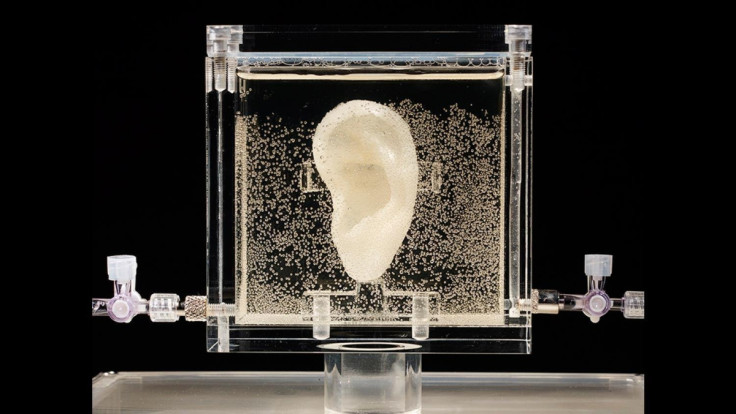3D Bioprinting Regenerates Vincent van Gogh's Severed Ear from Relative's DNA

Artist Diemut Strebe has teamed up with scientists to create a living replica of post-impressionist painter Vincent van Gogh's severed ear using 3D printing and DNA from his great-great grandson.
Lieuwe van Gogh is the great-great-grandson of Vincent's brother Theo, and he shares a Y chromosome and 1/16 of the same genes with the famous painter.
Strebe and the scientists used Lieuwe's DNA samples, together with a sophisticated 3D bioprinter and computer software, to bioprint skin cells in a shape exactly resembling van Gogh's ear. The ear was then grown in the Brigham and Women's Hospital in Boston.
A living ear
Van Gogh chopped off his ear in 1888 and gave it to a prostitute named Rachel, who was his lover. Some believe it was a fit of lunacy that drove him to it, while German historians now believe that he might have lost it in a fight with his friend, the French artist Paul Gauguin.
The team originally wanted to use van Gogh's actual DNA and hoped to obtain it from an envelope he is said to have licked in 1883, but upon testing the DNA, it turned out not to be his.
The "Sugababe" exhibit is currently on display at the Zentrum für Kunst und Medientechnologie (ZKM Center for Art and Media) Media Museum in Karlsruhe, southwest Germany until 6 July.
The ear could theoretically be kept alive for years, with its cells fed by a nutrient solution. Strebe plans to showcase a full exhibition of her art in early 2015 in New York.
Can humans be regenerated?
Visitors to the living art piece will be able to actually talk to the ear by speaking into a microphone in front of the exhibit.
The sound is then processed by a computer and converted to simulate nerve impulses in real time, and a crackling sound is produced to "outline absence instead of presence", ZKM's Media Museum explains on its website.
The exhibition raises an important issue – if scientists were to combine the DNA of dead people with cells from the living, perhaps it might be possible to ressurect an historical figure from the dead, or rather, replicate them genetically using the living cells of another human.
© Copyright IBTimes 2025. All rights reserved.






















